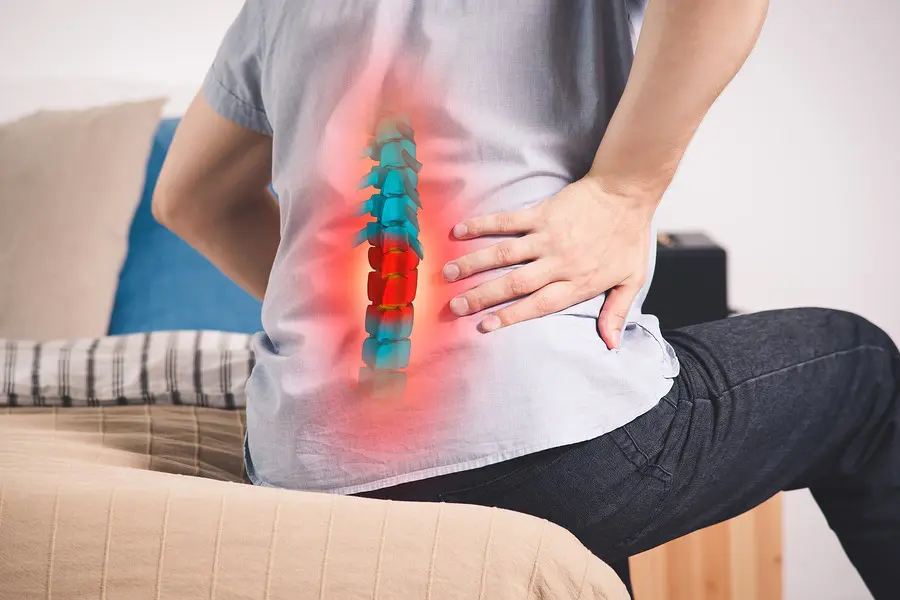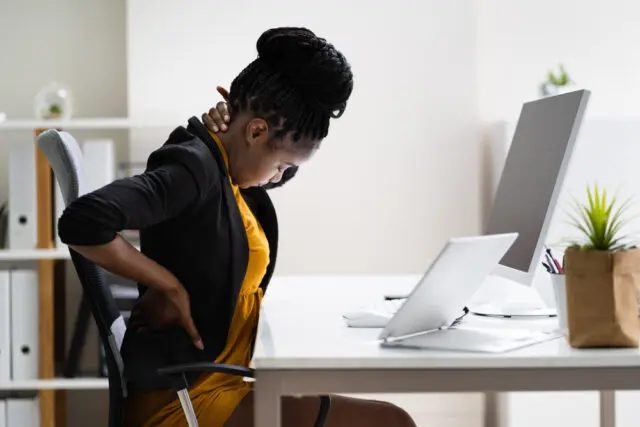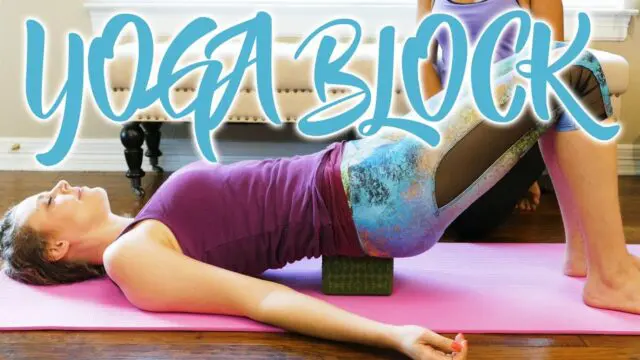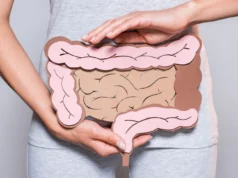
For those suffering from chronic lower back discomfort morning stiffness and pain can seem unavoidable, and negatively impact daily life. Implementing gentle, low-impact stretches into your daily routine, using devices like those in the CastleFlexx range, keeps your back loose and relieved.
A holistic pain management plan, which enables you to address your lower back issue without creating other problems elsewhere, is key. This guide will have you moving freely in weeks!
Here we have expert physical therapists’ tips on proper posture and positioning while you work. You can learn how to safely stretch and strengthen your lower spine during quick exercise breaks without disrupting the rest of your day or troubling other areas.
Investing just 15 minutes a day in these exercises can lead to long-term alleviation of nagging tightness and soreness. It’s time to say goodbye to debilitating morning back pain and stiffness!.
What’s Going On?

The causes of chronic lower back pain range widely, from strained muscles and ligament sprains to deteriorating spinal discs and bone deformities like stenosis or spondylolisthesis. Other diagnoses include sciatic nerve impingement, arthritis around the lumbar vertebrae and dystonia, which contracts muscles abnormally.
Whatever its cause, the inability to bend, sit or even stand for long periods seriously impacts quality of life and mobility. Even if these conditions do not prevent you earning a living or being generally active, any one of a string of triggers can enrage the affected muscles and create a temporary hindrance, or even disability, which you will endure alongside the rest of your activity for hours on end.
Stiffness and soreness often worsen overnight, as while we are sleeping the protective muscles relax. This leads many chronic back pain sufferers to awake miserable, struggling to even get out of bed to start their day.
Furthermore, even when we are able to get up, the muscles do not respond in a uniform way. Therefore each day brings a new and uncertain regime of adaptation, not knowing where the pain is going to be or what steps will need to be taken to alleviate it.
As a rule, the chest, abdomen and hips tighten to compensate for back vulnerabilities. This perpetuates posture problems and inflexibility.
Pain signals to the nervous system trigger a destructive cycle of involuntary muscle guarding and spasming as the body tries to stabilize itself. One day you might be able to make breakfast without difficulty, the next even opening the fridge may be a step too far, depending on the muscles affected and how the ones around them are reacting.
This tedious chain reaction trains the neuromuscular system to memorize abnormal movement patterns. So the habit of muscle spasming becomes almost subconscious over time.
The end result leaves many unable to tie their own shoelaces or pick items up off the floor without sharp exacerbating jolts of pain. This situation is not helped by the fact that sufferers can’t then twist round and reach their backs, or actually touch the damaged muscles creating the pain, whilst trying to improve the arms, legs and knees which are not functioning properly also has no effect.
Four Pillars To Combat Chronic Back Pain

Recalibrating the nervous system and the muscular and skeletal systems supporting the spine is a complex operation due to the interconnectivity of these systems. A gain in one place needs to produce complementary gains elsewhere.
It therefore requires a four pillar approach:
- Spinal Flexibility & Range of Motion
Tight hamstrings, hip flexors and back muscles can compress vertebrae, pinch nerves and limit mobility. Targeted stretching is necessary to relieve pressure, expand mobility and regain proper spinal alignment.
- Posture Realignment & Gait Correction
Poor posture and biomechanical imbalances shift weight unevenly, straining tissues. Realigning posture and correcting your gait rebalances skeletal support and reduces spinal disc pressure.
- Core Engagement & Lumbar Strengthening
Weak core muscles cannot properly support and stabilize the spine, and thus overload the vertebrae. Specific core and lumbar exercises strengthen the muscles crucial for distributing forces evenly throughout the back.
- Therapeutic Pain Relief
Inflamed nerves and strained muscles often cause debilitating back pain. Anti-inflammatory modalities like heat/ice therapy and electrostimulation help relieve pain by reducing swelling and muscle spasms.
This holistic approach rebalances flexibility, strength, movement patterns and pain levels to recalibrate the interdependent neurological, muscular and skeletal systems impacting spinal health. Here’s a simple guide to how interventions like bodyweight stretches, using tools like CastleFlexx, in short daily routines build on these pillars to provide lower back pain relief.
Easy Daily Habits For Looser Spines

The object of this exercise is to prevent back tightness and instability from settling in the muscles during downtime and sleep. This is achieved by redistributing mechanical stress from the overburdened vertebrae and muscles.
Targeted lumbar movement therapies stimulate fresh synovial fluid. This decreases inflammation between joints by reducing friction between them during movement.
The following quick 15-20 minute programmed sequence strategically stretches and strengthens the spine for long term impacts:
- Loosening Tight Hips Flexors – Extended stretches using strap assist devices like CastleFlexx open those chronically shortened front hip attachments, enabling the pelvis to correctly reposition underneath the spine. This alleviates shear pressing on lower discs.
- Hamstring Stretches – Similar anchoring tools provide leverage to decompress the lower spine, while releasing the leg muscles which pull constantly on attachment points. Reducing this tension decreases existing vertebral compression.
- Child’s Pose & Cat Cow Poses – Transitioning slowly between these foundational yoga flows hydrates the spinal discs through cyclically pumping nutrition in and waste out. Gently challenging overall spinal mobility in this way generates huge long term dividends.
- Bridge Pose – This posture strengthens the entire posterior chain of those spinal stabilizers which are often weakened by chronic pain, which in turn supports better spinal alignment when standing or sitting.
- Lower Trunk Rotations – Isolating transverse abdominal oblique activation occurring around the lumbar spine, without taxing vertebral joints, decompresses the affected areas while building internal corseting stability to protect the back. If you sit down a lot, this is for you.
Diverse Fitness Level Modifications

The best thing about the multi-benefit programmed stretch sequence suggested above is the capacity to modify these techniques based on individual pain thresholds and current fitness capability. Whether you do this with professional guidance or through your own intuition, you can get the results you want without breaking the core principles of the pattern, so you know you are on the right track.
Supporting tools like lumbar rolls, yoga blocks and CastleFlexx allow the self-adjustment of positions to avoid overexertion. With this program you will know what’s working and what isn’t, and the correction lies within the tools you are already using.
Listen to your body over time. As chronic back pain symptoms begin reversing course after several weeks of sticking to these new habits, you can start challenging yourself incrementally to increase range of motion and core activation intensity for even faster relief. Then you will truly be on the path toward pain-free living!













